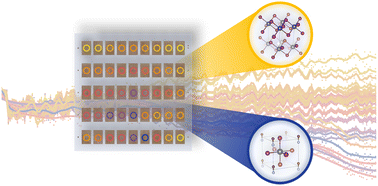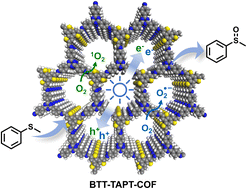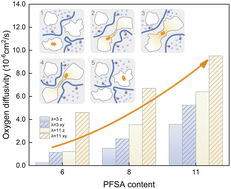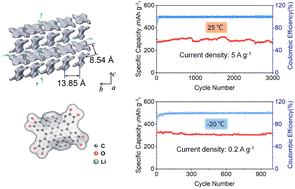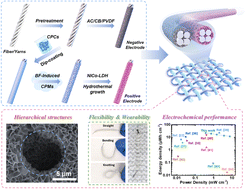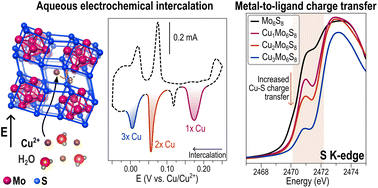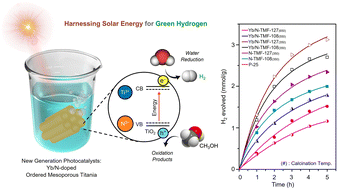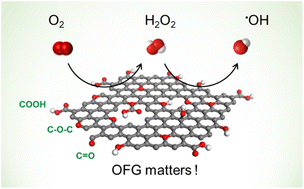J. Mater. Chem. A, 2024, 12,7025-7035
DOI: 10.1039/D3TA07274F, Paper
DOI: 10.1039/D3TA07274F, Paper
 Open Access
Open Access This article is licensed under a Creative Commons Attribution 3.0 Unported Licence.
This article is licensed under a Creative Commons Attribution 3.0 Unported Licence.Alexander Wieczorek, Austin G. Kuba, Jan Sommerhäuser, Luis Nicklaus Caceres, Christian M. Wolff, Sebastian Siol
A comprehensive inert-gas workflow for combinatorial aging studies gives insight into the intrinsic stability of hybrid perovskites under relevant aging conditions.
The content of this RSS Feed (c) The Royal Society of Chemistry
A comprehensive inert-gas workflow for combinatorial aging studies gives insight into the intrinsic stability of hybrid perovskites under relevant aging conditions.
The content of this RSS Feed (c) The Royal Society of Chemistry

